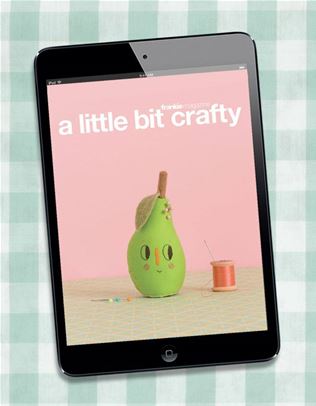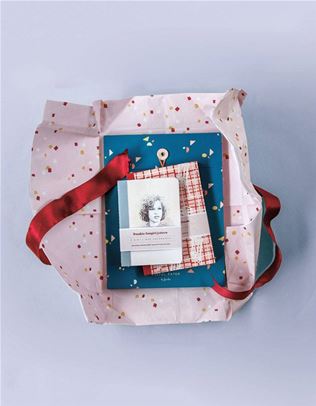how to garden regeneratively at home with maree jay lowes
Maree Jay Lowes shares her top-notch advice on how to sow the seeds for a flourishing garden – and, ultimately, a flourishing world.
We sat down for a chinwag with actor, writer, activist, educator and Dr. Bronner’s Australia ambassador Maree Jay Lowes to explore the practice of regenerative gardening, why it benefits the wider community, and how folks can do some regenerative gardening of their own at home.
For those new to the idea, how would you describe “regenerative gardening”? Any regenerative action for me is about leaving behind ideas of controlling nature. We are nature, so it starts in our hearts and then extends to our hands. By getting our hands into the soil wherever we live, we can open our ears, eyes, noses, mouths and cells to hear how truly wise and glorious nature is when we uplift her own abundance and diversity.
In practice, regenerative gardening is a collection of actions all about regenerating soil health and the full garden ecosystem. This includes keeping soil covered (because that's what it likes), keeping nutrients in the food cycle by composting, crop rotation and boosting diversity, and avoiding chemical pesticides and fertilisers.
On a big scale, growing regeneratively can sequester huge amounts of excess carbon from the air and bring it back into the cycle through healthy soil. In turn, this helps mitigate the effects of climate change. Epic! Where should a newbie start if they want to begin gardening regeneratively? I always start with listening – finding out who the Traditional Custodians of the land on which we live are and what they know about caring for this place. Then, we can go outside and spend time with our garden! Doing anything in a “regenerating” way for me is about listening to the wisdom of nature and her systems, then letting go of how we think things should be.
Where should a newbie start if they want to begin gardening regeneratively? I always start with listening – finding out who the Traditional Custodians of the land on which we live are and what they know about caring for this place. Then, we can go outside and spend time with our garden! Doing anything in a “regenerating” way for me is about listening to the wisdom of nature and her systems, then letting go of how we think things should be.
Spend time in the garden and practice listening, hearing and seeing – where does light fall on the different parts of our garden and at what times? This will help us to know which plants want to live where. If we have soil, are there worms already in it? Is it really damp, or dry and crumbly? Getting the soil right makes growing anything a thousand times easier. Which birds call this area home? We might like to plant some native bushes for them to feed on or hide in. All of this information will help to harness the life that already exists in even the most seemingly lifeless yards.
Are there any must-have pieces of equipment or tools that come in handy? Curiosity, open ears and an open mind are the main key ingredients, 100 per cent! Then, a good knife and a decent shovel, plus a great pair of boots or gumboots. They're my basics for when I go outside to dig in. What is one mistake in regenerative gardening that we should try to avoid? The great thing about growing a garden is it's always, always about learning! Gardens and living ecosystems are dynamic, adaptable communities. I would avoid synthetic chemicals and sprays, though. That's why I make up a solution with my Dr. Bronner’s Pure Castile Liquid Soap for some of my plants at home. It's awesome to help keep away the insects that I don’t want eating the plants (you can check out Lisa Bronner’s Garden Spray recipe here).
What is one mistake in regenerative gardening that we should try to avoid? The great thing about growing a garden is it's always, always about learning! Gardens and living ecosystems are dynamic, adaptable communities. I would avoid synthetic chemicals and sprays, though. That's why I make up a solution with my Dr. Bronner’s Pure Castile Liquid Soap for some of my plants at home. It's awesome to help keep away the insects that I don’t want eating the plants (you can check out Lisa Bronner’s Garden Spray recipe here).
What is your favourite thing about gardening in a regenerative way? The beauty and light that comes from being with old and new life. When I watch patterns of light, reflections of water, and listen to bird songs, I remember the long wisdom that exists here. At the same time, right now, in every moment, a new relationship is coming into being. How does gardening regeneratively in our own gardens impact the wider ecosystem outside of them? All life is about relationships. No being exists in isolation – we exist in circles of community, sometimes called “ecosystems”. This is the same for your garden. When we stand in a garden, our body is a community standing in a community that exists within a wider community beyond its fences. When we grow a garden that uplifts the wisdom of all animal and plant beings, the wisdom, health and biodiversity radiate outwards.
How does gardening regeneratively in our own gardens impact the wider ecosystem outside of them? All life is about relationships. No being exists in isolation – we exist in circles of community, sometimes called “ecosystems”. This is the same for your garden. When we stand in a garden, our body is a community standing in a community that exists within a wider community beyond its fences. When we grow a garden that uplifts the wisdom of all animal and plant beings, the wisdom, health and biodiversity radiate outwards.
Many cultures, and especially First Nations Custodians, know that healthy ecosystems are about the relationships between beings – not just the elements alone. Gardening regeneratively is about listening to and uplifting the health of all who dwell here now and into the future.  What are some lessons we can learn from gardening regeneratively at home that we can apply to the environment out in the world? Deep listening, ongoing listening, letting go of what we think we know, looking and listening for patterns, co-cultivating with all kin, and staying curious and open to the joy and wonderment that can ignite our spirit daily in a world that has so much darkness. We can also support regenerative ways by choosing to buy regeneratively grown food and choose products that include beautiful, vital, regeneratively grown ingredients, like Dr. Bronner’s. They know there's so many ways to seed a healthy future!
What are some lessons we can learn from gardening regeneratively at home that we can apply to the environment out in the world? Deep listening, ongoing listening, letting go of what we think we know, looking and listening for patterns, co-cultivating with all kin, and staying curious and open to the joy and wonderment that can ignite our spirit daily in a world that has so much darkness. We can also support regenerative ways by choosing to buy regeneratively grown food and choose products that include beautiful, vital, regeneratively grown ingredients, like Dr. Bronner’s. They know there's so many ways to seed a healthy future!
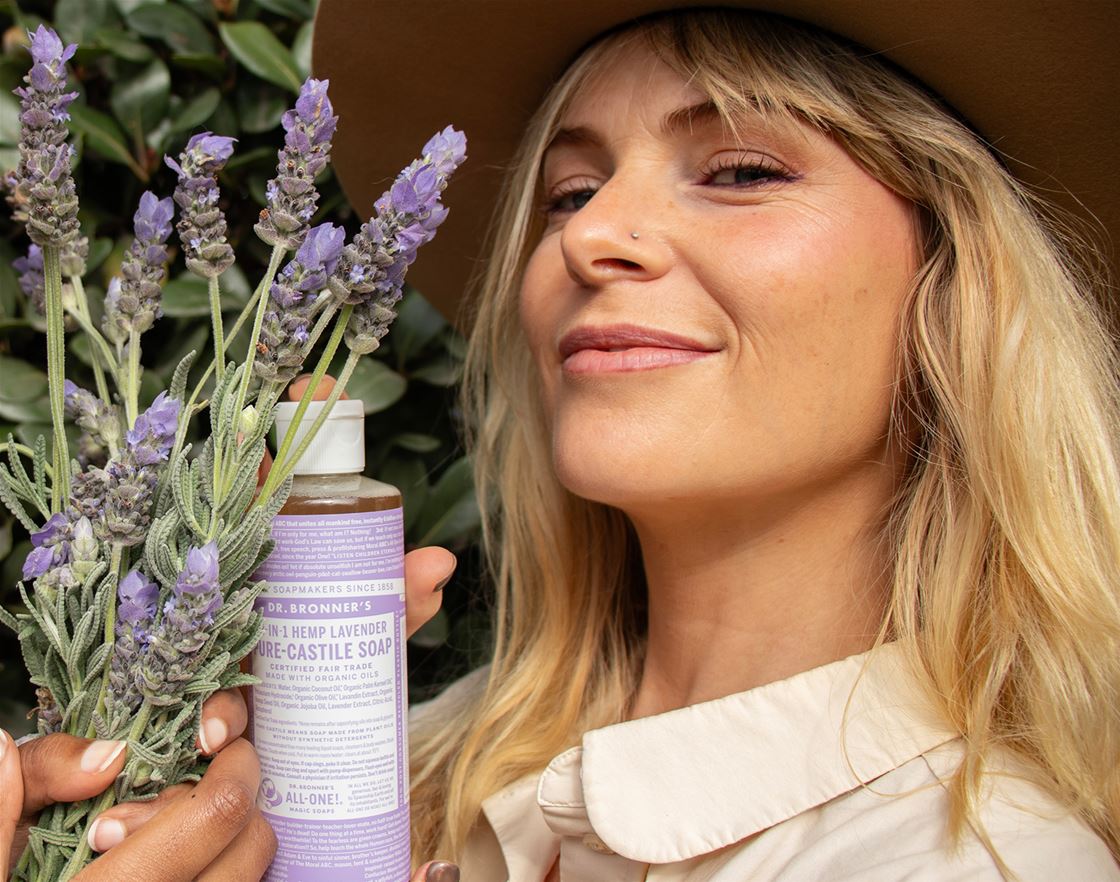


.jpg&q=80&h=682&w=863&c=1&s=1)
.jpg&q=80&h=682&w=863&c=1&s=1)









.jpg&q=80&w=316&c=1&s=1)

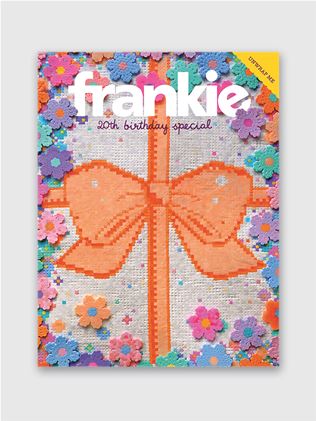
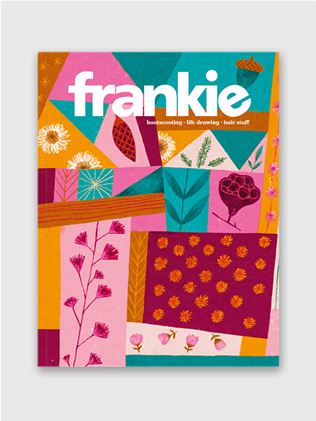

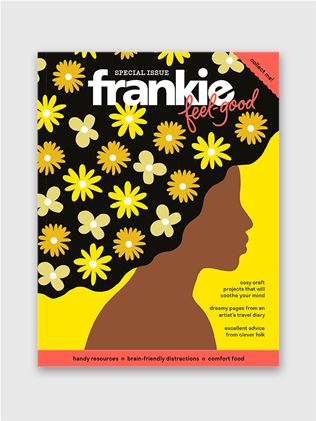
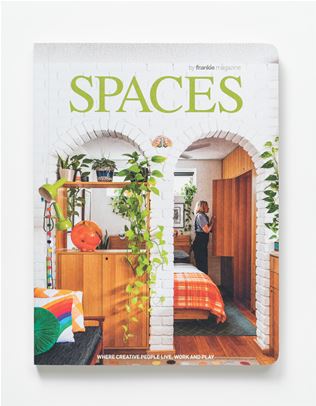






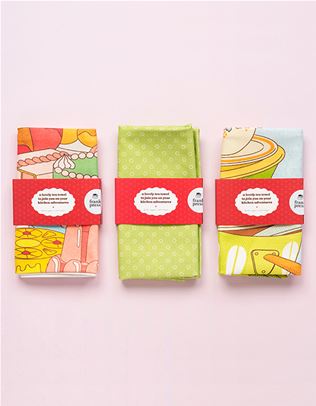
.jpg&q=80&w=316&c=1&s=1)



